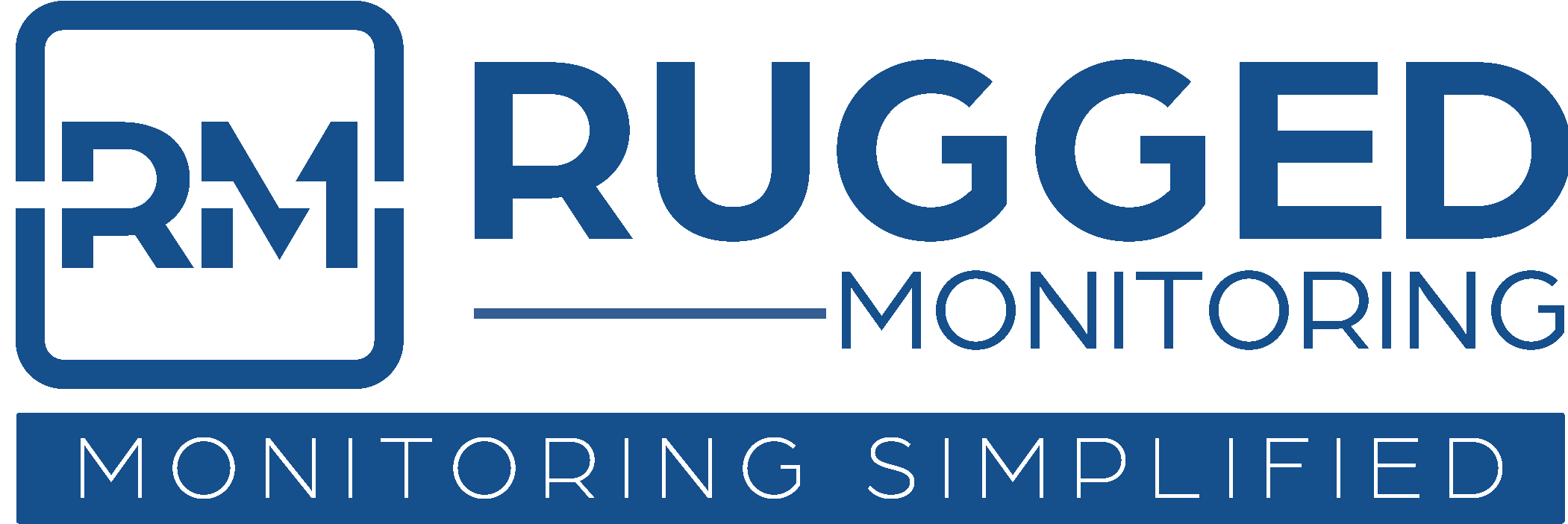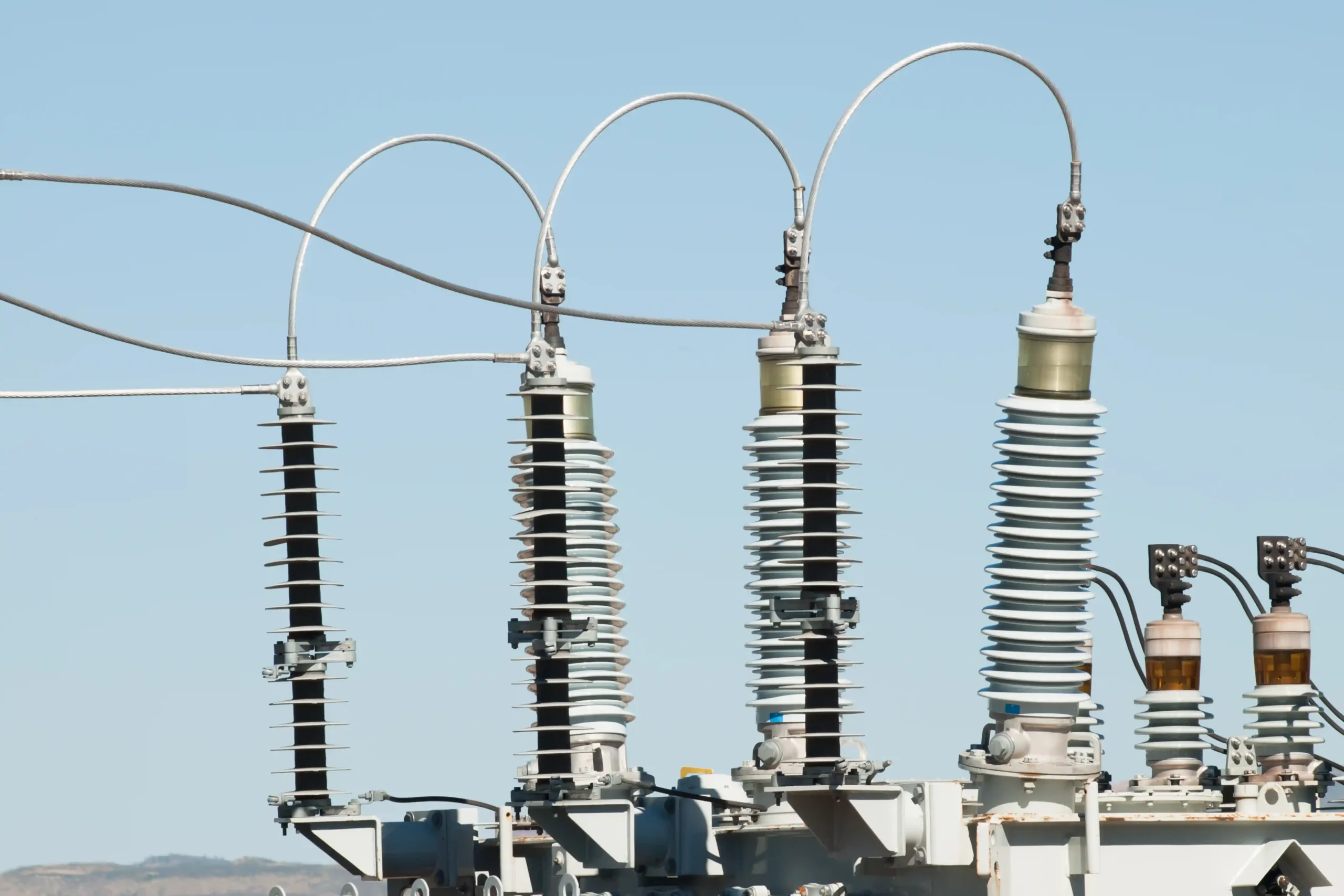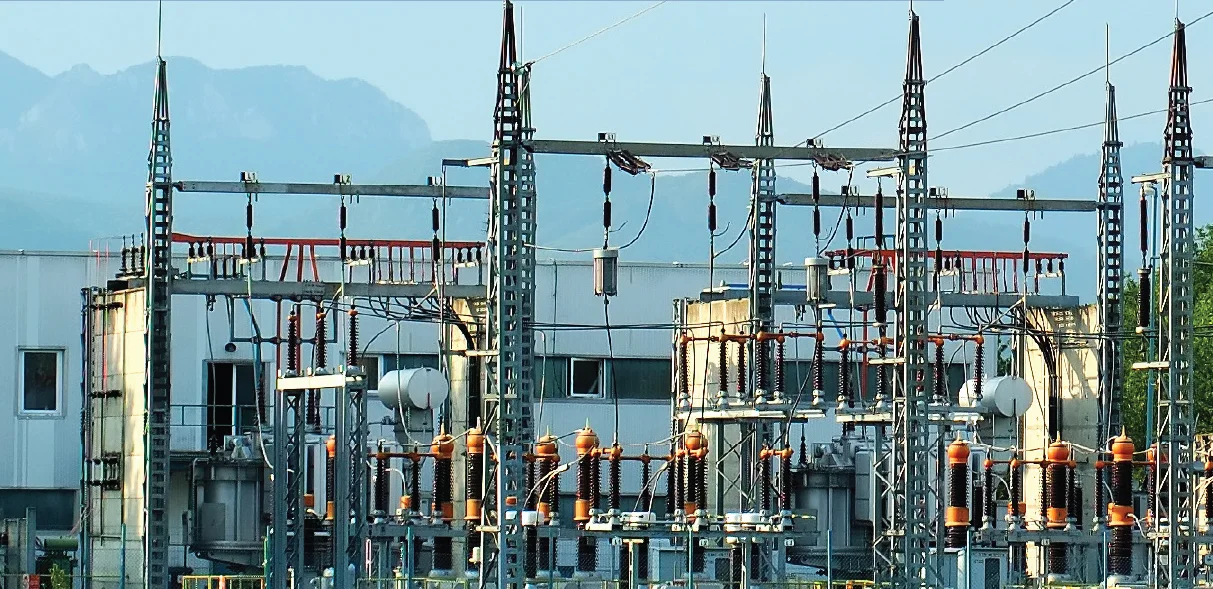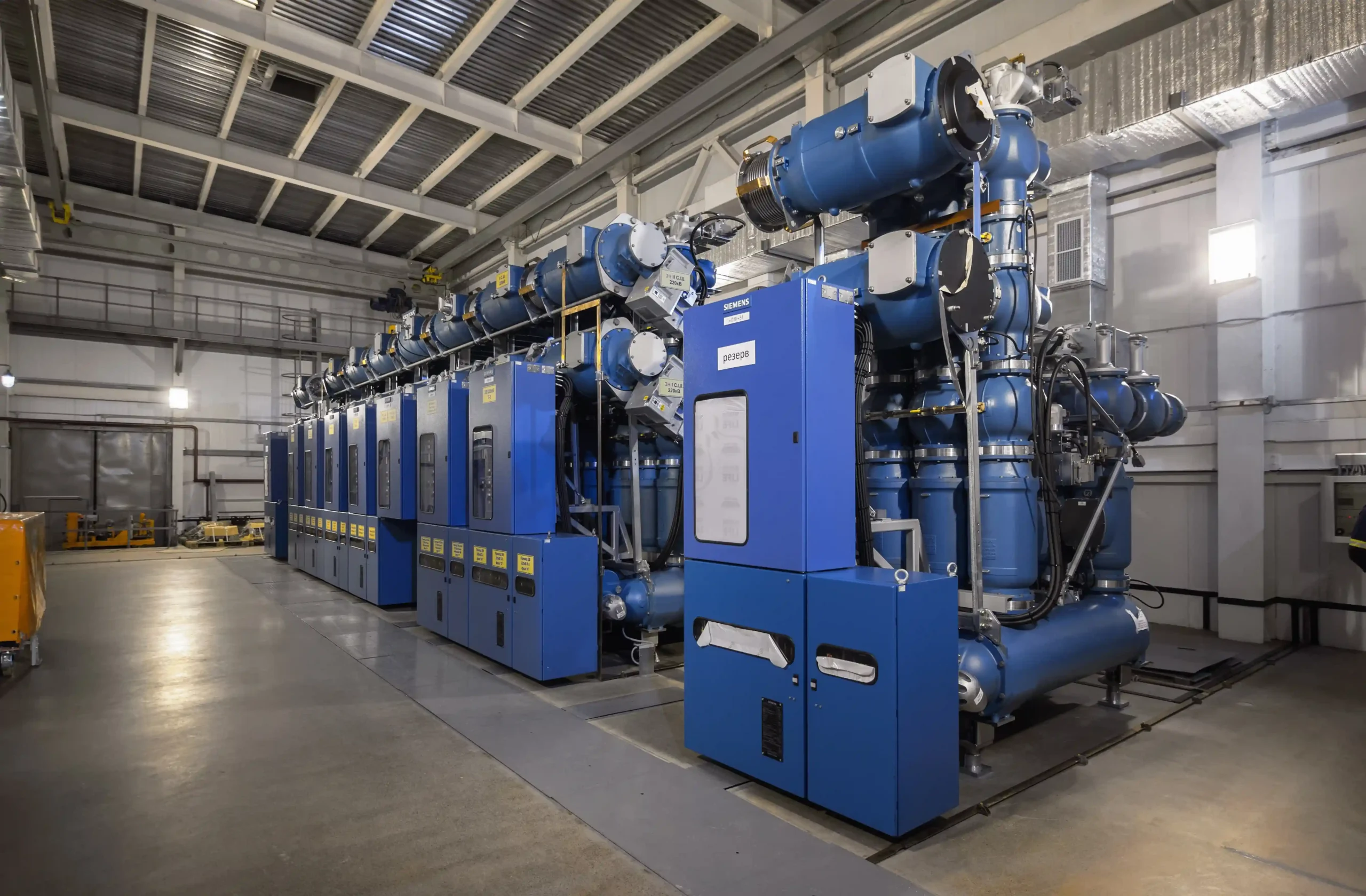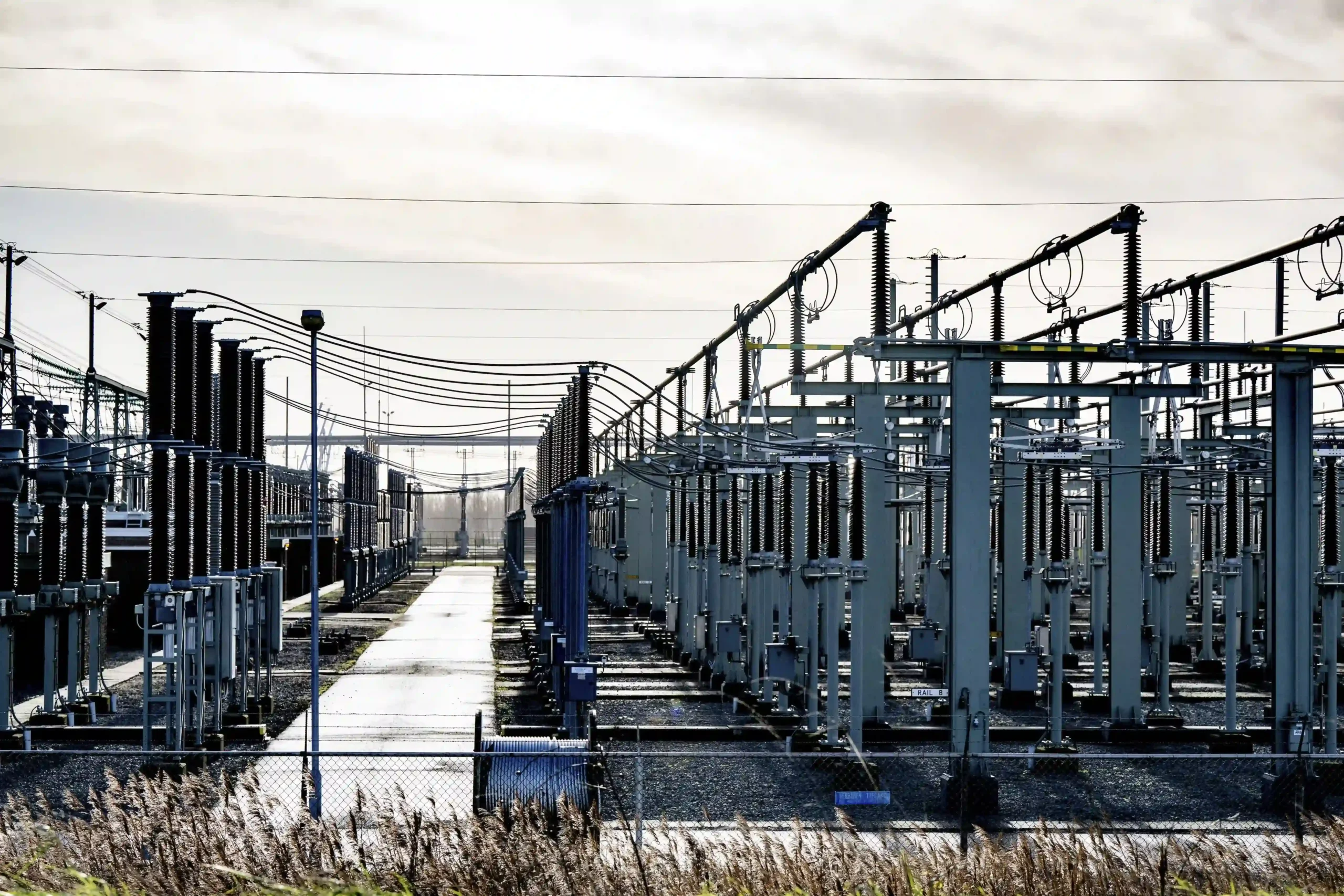Transformer bushings are critical components of a transformer, ensuring the safe and efficient flow of electricity in the power distribution network. Failure of such a component can jeopardize grid reliability, impact revenue, and require expensive repairs. Traditional monitoring methods often rely on rigid schedules that miss early signs of failures. Condition-based monitoring overcomes this by utilizing real-time bushing data to detect issues before they escalate.
Thus, utilities worldwide, particularly in rapidly growing regions such as APAC, which have high energy demands, are adopting condition-based monitoring for transformer bushings to enhance grid stability, performance, and overall reliability.
In the previous two blogs, we understood the importance of condition-based monitoring for temperature hotspots and partial discharge. In this blog, we will further explore six reasons why condition-based monitoring is becoming the preferred choice for transformer bushing maintenance.
What are Transformer Bushings?
A high-voltage transformer bushing is an insulating device that allows electrical conductors to pass through the grounded transformer tank without creating a short circuit. Typically made of materials like oil-impregnated paper or resin, bushings handle high-voltage stress and ensure stable power transmission. Since they carry high currents and face continuous thermal, electrical, and mechanical stress, over time, the insulation materials degrade, leading to failures such as partial discharge, heating, and dielectric breakdown.
Why is it important to monitor transformer bushings?
A single bushing failure can disrupt an entire transformer operation, causing major power outages and equipment damage, which leads to significant financial losses, especially for utilities where a reliable power supply is essential. Therefore, continuous monitoring of transformer bushings is crucial for utilities to:
- Detect insulation breakdown in real-time
- Extend the bushing component and transformer life
- Reduce the frequency and cost of emergency repairs
- Ensure overall grid efficiency and reliability
The Gap Between Traditional and Condition-Based Maintenance
Regardless of the actual health or working conditions of the transformer bushings, traditional time-based monitoring schedules inspections at fixed intervals, usually every 3-5 years, according to a report published by CIGRE. This approach is often time-consuming, increases asset downtime, and overlooks subtle changes of degradation, allowing minor issues to develop into major faults over time. For example, a high-voltage bushing with early insulation breakdown might go unnoticed until it causes a complete transformer shutdown, disrupting utility operations and customer service.
On the contrary, condition-based monitoring of transformer bushings utilizes continuous real-time data from IoT sensors and edge devices to enable early fault detection of anomalies and support data-driven interventions. Over the past decade, utilities have increasingly adopted this approach, with more than 50% of utility companies globally integrating real-time monitoring systems to boost efficiency and reduce downtime. This shift is particularly evident in regions like APAC, where fast-growing energy needs require reliable power to support industrial and urban expansion.

Source: Datainsightsmarket.com [Global Perspectives on Transformer Online Monitoring System Growth: 2025-2033 Insights]
This traction is due to real-time bushing monitoring, which minimizes unnecessary maintenance, reduces operational costs, and enhances overall grid reliability. For utilities in dynamic markets, adopting condition monitoring ensures compliance with industry standards and the safety of transformer infrastructure, thereby meeting the rising energy demands.
Technologies Advancing Transformer Bushing Monitoring
Modern condition-based monitoring systems for transformer bushings are adopting several of these technologies to drive the effectiveness and reliability of their grids:
- Industrial IoT-Based Sensors: Intelligent IIoT sensors monitor critical deformations in bushings, such as capacitance and insulation degradation, in real-time. Their precision and ability to operate in high-voltage environments make them ideal for long-term continuous monitoring.
- Smart Edge-Devices: These devices collect and transmit real-time, continuous data to remote monitoring platforms like APMs to enable predictive maintenance and early fault diagnosis. With quick response times and improved scalability, these smart edge devices provide an easy way to assess the bushing health.
- Enterprise APM platforms: With aggregated IIoT sensor data across multiple assets and sites, the Asset Performance Management software utilizes advanced machine learning algorithms to predict failures and recommend timely interventions. They also provide intuitive dashboards to easily visualize data, customize thresholds, and set alerts.
These technologies not only improve failure prevention but also optimize maintenance practices across the grid, ensuring operational efficiency.
6 Reasons Why Utilities Prefer Condition-Based Monitoring for Transformer Bushings
- Reduced Downtime – By identifying issues such as partial discharge and insulation degradation early on, utilities can schedule maintenance as needed, thereby reducing the need for reactive shutdowns.
- Enhanced Safety – Condition-based monitoring reduces the risk of arc flashes and fire hazards stemming from bushing failures by identifying precursors beforehand. This ensures the overall safety and reliability of the grid in utilities.
- Optimized Operational Schedules – Instead of following rigid, time-bound schedules, utilities can perform maintenance based on actual bushing conditions, reducing their O&M costs and extending asset life.
- Enhanced Transformer Reliability – Since bushing failures account for a significant portion of transformer downtime, condition-based monitoring helps utilities maintain transformer health and uptime more effectively, thus ensuring their reliability.
- Data-Driven Decisions- Real-time data from transformer condition-monitoring systems enables utilities to make informed maintenance decisions, optimizing bushing performance and resource allocation.
- Scalability for Growing Networks- Transformer Bushing monitoring systems, supported by IoT and cloud-based analytics, scale easily to monitor bushings across large, expanding power grids, meeting the needs of rapidly developing regions.
At Rugged Monitoring, we are focused on delivering advanced and innovative condition-based monitoring solutions for transformer bushings, including IIoT sensors, edge devices, and Enterprise APM software, RM EYE. Our advanced bushing monitoring system provides a comprehensive analysis of bushing health and performance by localizing bushing defects and enabling early fault detection.
Gain a complete understanding of our transformer monitoring system and discover the ideal condition monitoring solution with Rugged Monitoring.
Stay tuned for the next blog.
